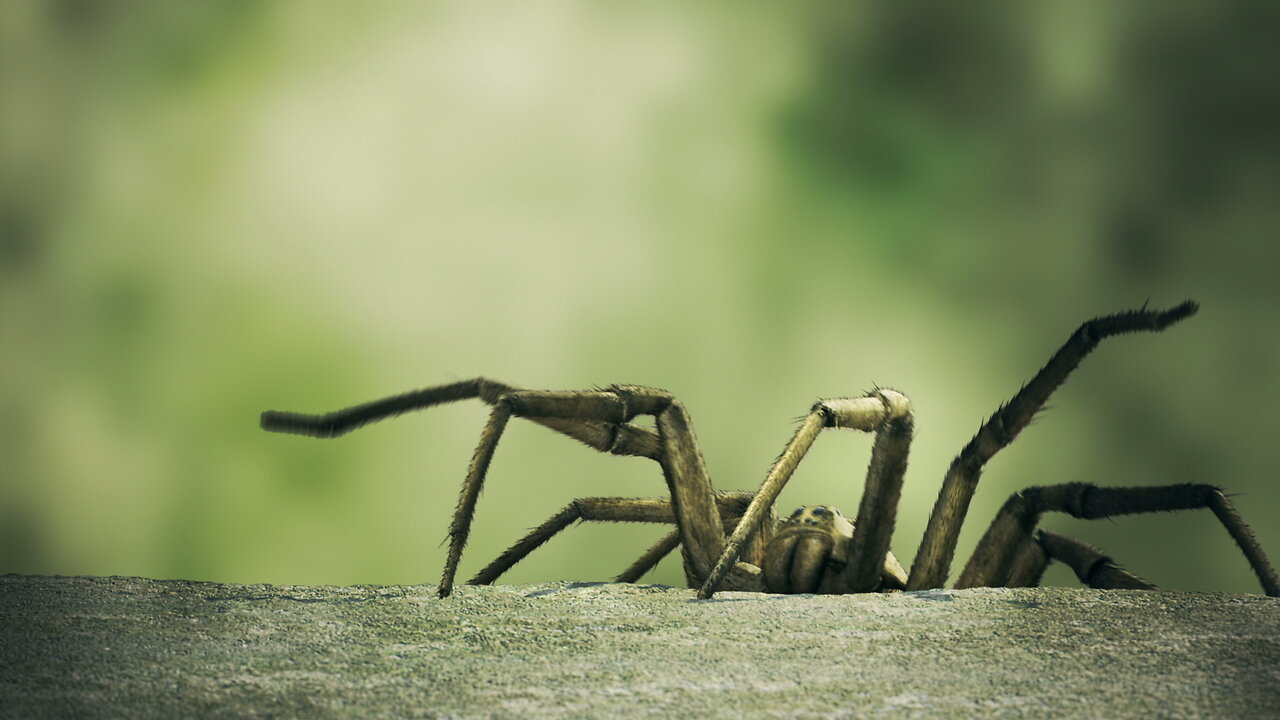Premium Only Content

Animal-Encounter Fatalities by Country and World
This bar chart race shows human fatalities as a direct result of venomous and non-venomous animal contact, by country and world, accumutaled, annually deaths and rate per 100,000, from 1990 to 2019. Deaths from diseases from animal contact, such as malaria and rabies, are excluded (check out other videos).
Human fatalities resulting from contact with venomous and non-venomous animals vary in frequency and severity. Venomous animals, such as snakes, spiders, and certain marine creatures, pose a significant threat. Snakebites, in particular, contribute to a substantial number of fatalities globally, with estimates suggesting tens of thousands of deaths annually. Africa, Southeast Asia, and South Asia are regions where snakebite-related fatalities are more prevalent due to the abundance of venomous species.
In contrast, non-venomous animal encounters typically result in fewer fatalities, but certain species can still pose risks. Large mammals, like elephants or hippos, may cause fatalities through direct attacks, especially in regions where human-wildlife conflicts are common. Insects like bees and wasps, though not typically lethal on an individual basis, can cause fatal allergic reactions in some cases.
Marine animals, both venomous and non-venomous, contribute to fatalities through encounters such as shark attacks, jellyfish stings, and encounters with other hazardous species. While such incidents are relatively rare, they capture public attention due to their dramatic nature.
Effective prevention and management strategies are crucial to mitigate the risks associated with both venomous and non-venomous animals. Education on snakebite first aid, the use of antivenom, and appropriate medical intervention can significantly reduce snakebite-related fatalities. In areas prone to human-wildlife conflicts, implementing measures like secure fencing, early warning systems, and community education can help minimize fatal encounters with large mammals.
Understanding the biology and behavior of animals, coupled with responsible tourism practices, can contribute to safer interactions between humans and non-venomous wildlife. Additionally, advancements in medical research and technology play a vital role in developing antivenom and improving treatment options for bites and stings.
While human fatalities resulting from venomous and non-venomous animal contact are concerning, it's important to note that such incidents represent a relative small fraction of overall mortality. Nonetheless, ongoing efforts in education, research, and conservation are essential for fostering coexistence and minimizing the risks associated with human-animal interactions.
Source: IHME
Data visualization created with flourish.studio
-
 LIVE
LIVE
VINCE
1 hour agoIs This Why They Were Hiding The Evidence? | Episode 192 - 12/19/25 VINCE
30,848 watching -
 1:10:23
1:10:23
Graham Allen
2 hours agoTensions ERUPT At AMFEST, Is Our Party Too Far Gone?
105K485 -
 LIVE
LIVE
Badlands Media
6 hours agoBadlands Daily: 12/19/25
3,738 watching -
 14:45
14:45
Bearing
2 hours agoFROGAN Gets BODIED 💥 Caleb Hammer, Asmongold + the $20k Rejection 💰
2.62K7 -
 23:17
23:17
The Car Edition Ltd
7 hours agoFord Fiesta 1.4 Titanium Full Overhaul | Suspension, Brakes, Tyres & Engine Repair - The Car Edition
3.7K -
 LIVE
LIVE
Wendy Bell Radio
6 hours agoHouston, We Have A Problem
7,008 watching -
 1:06:37
1:06:37
Chad Prather
17 hours agoHearing God, Confronting Deception, and Walking in Spirit-Filled Authority
79.2K20 -
 LIVE
LIVE
LFA TV
7 hours agoLIVE & BREAKING NEWS! | FRIDAY 12/19/25
2,749 watching -
 2:20:42
2:20:42
Game On!
18 hours ago $5.12 earnedNFL Week 16 BEST BETS Revealed NOW!
42.6K6 -
 1:01:24
1:01:24
Crypto Power Hour
13 hours ago $3.45 earnedHow Crypto Address Poisoning Attacks Work
38.2K8